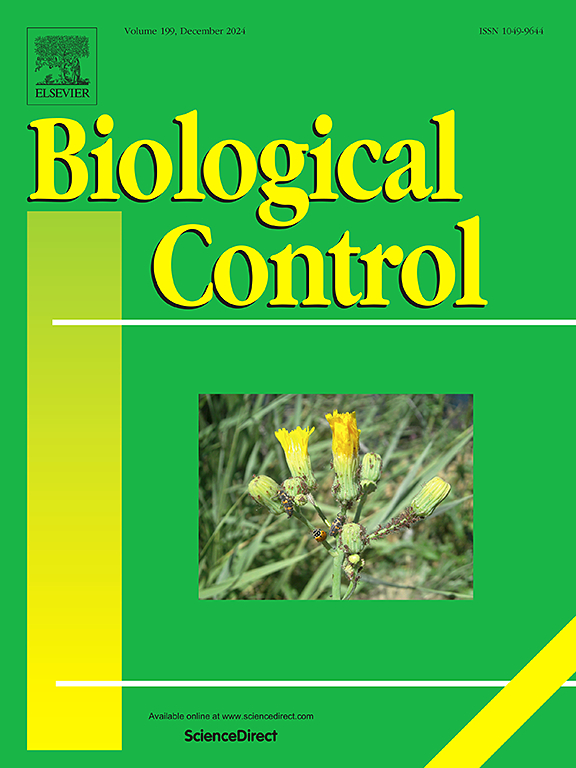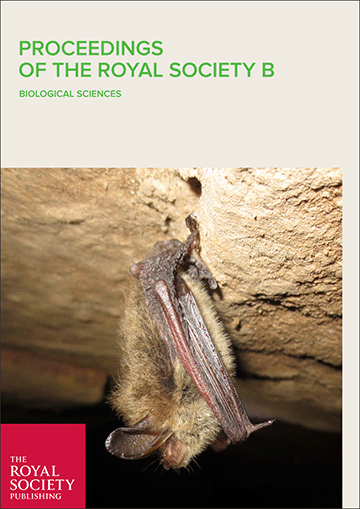Research on extension approaches can help extension services improve their effectiveness and efficiency in serving farmers. The farmer-to-farmer extension approach, though widely used, has been little studied. The objective of this study was to haracterize the approach from the perspective of the farmers involved, usually called lead farmers. We describe their activities and support given to them, identify factors that motivate them and assess the challenges they face. The study is part of a broader one examining farmer-to-farmer extension in Malawi, Cameroon and Kenya.The results are based on a survey of 203 lead farmers working with 19 organizations. The survey covered five districts: one in the Northern Region and two districts each in the Central and Southern regions. The majority (78 percent) of the lead farmers were from the public sector, 19 percent were from non-profit, non-governmental organizations, and 3 percent were private-sector.Lead farmers are relatively youthful, averaging 42years. About 41 percent of lead farmers are women, and 29 percent of women lead farmers are single. About 78 percent of lead farmers are members of farmer groups. About 56 percent of them have completed primary school, and most of the remaining have undergone some primary school education.Respondents indicated that the most important characteristics for being a lead farmer were to be hard-working (76 percent), an active farmer (52 percent) and interested in helping others (34 percent). Most (75 percent) were selected to be lead farmers by their communities or groups; 17 percent were selected by extension staff members, and 8 percent by other means. About 40 percent served a farmer group or groups; the others served a village or villages. The main activities included training (96 percent), providing advice (35 percent), establishing demonstration plots (32 percent) and monitoring other farmers’ use of the technologies/practices being promoted (30 percent).Most of the training that lead farmers receive is informal or conducted during meetings; only 9 percent said they underwent residential training. About 70 percent received training in technical subjects as well as communication/extension skills. About 44 percent received some additional training after working for some time and 41 percent participated in study tours. There were minor differences in training between types of organizations.
DOI:
https://doi.org/10.5716/WP14200.PDF
Altmetric score:
Dimensions Citation Count:
























